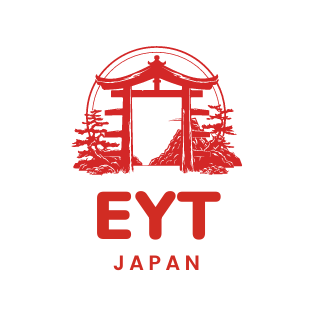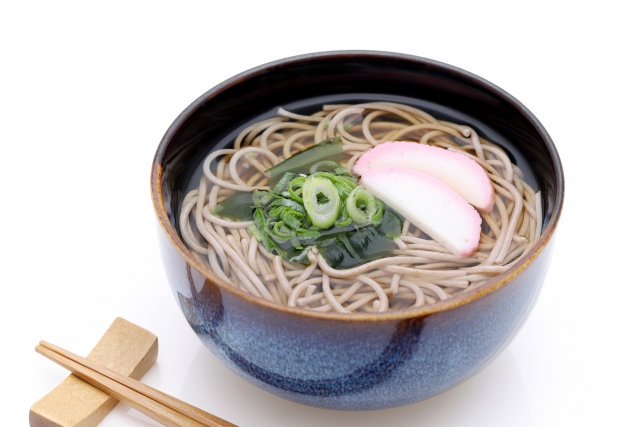“Soba” has the same accent as in Japanese.
Soba is a type of noodle that is distinct from udon, ramen, and pasta. Its taste and aroma are completely different.
Soba is primarily made from buckwheat flour, with wheat flour or other ingredients sometimes used as a binder.
Soba made with 100% buckwheat flour is called “juwari soba,” while soba made with a mixture of buckwheat and wheat flour, typically in a ratio of 2:8, is called “ni-hachi soba.” Since they have different tastes and aromas, I recommend trying both to discover your preference.
There are two main ways to enjoy soba: hot and cold. Hot soba is served with warm dashi broth poured over it, while cold soba is dipped into a chilled soba dipping sauce (tsuyu).
After finishing cold soba, it’s common to drink “sobayu,” which is hot water that was used to boil the soba noodles. While not everyone adds sobayu to their dipping sauce, it’s worth trying if you’re in Japan and have the opportunity.
Just like udon, soba can be topped with various ingredients. The toppings are similar to those used with udon noodles. Soba restaurants are found throughout Japan, making them easy to locate.

